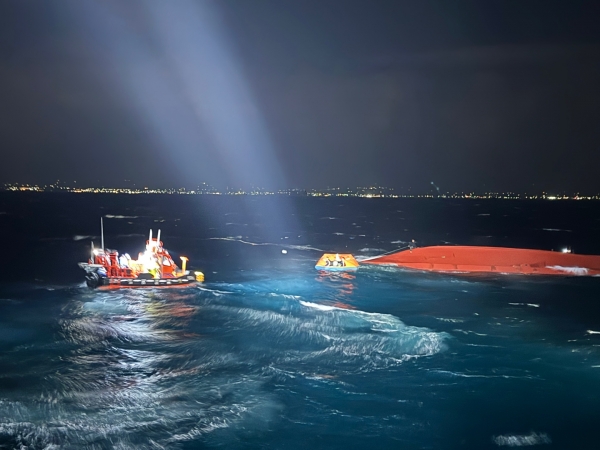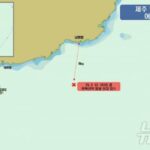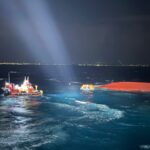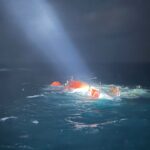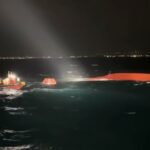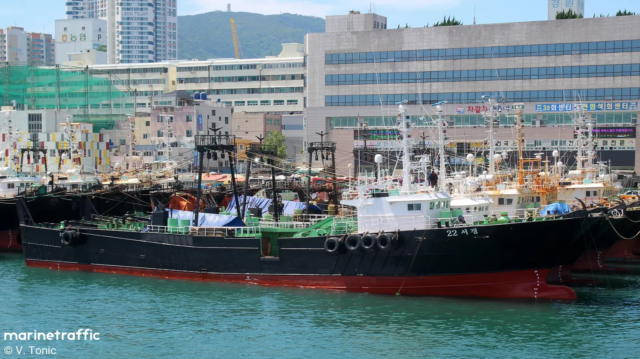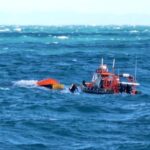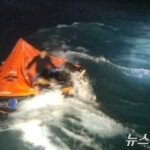Western Gambler
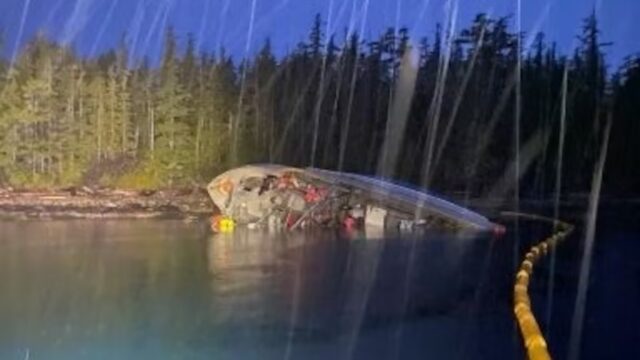
On the early morning of February 19, the 58 foot long fishing vessel Western Gambler ran around in Queen Charlotte Strait some 3 kilometers south of Bella Bella, British Columbia, Canada. The Western Gambler developed a list after the grounding and requested assistance. Canadian Coast Guard dispatched its fast rescue craft from the Bella Bella station which arrived on scene and rescued the 4 crew off the fishing vessel. No reports of injuries.
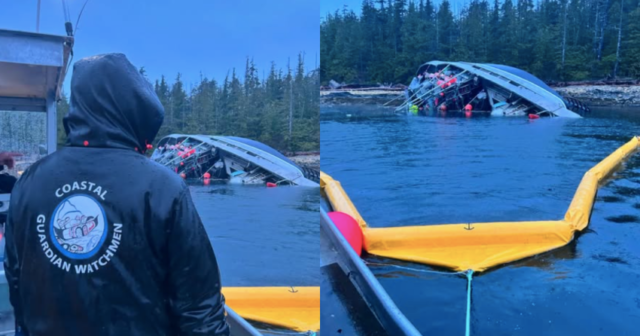
The Western Gambler would continue to list and eventually capsized onto its port hull. Authorities spotted debris and a light sheen on the water. A response team was deployed which placed containment booms along with absorbents around the fishing vessel. Booms were also deployed to protect a nearby hatchery. Reports state the Western Gambler had some 7500 litres of diesel fuel and 1100 litres of hydraulic oil. Reports state the vessel will be salvaged and removed within the week. The cause of the grounding was not disclosed. Authorities have launched an investigation into the incident.
